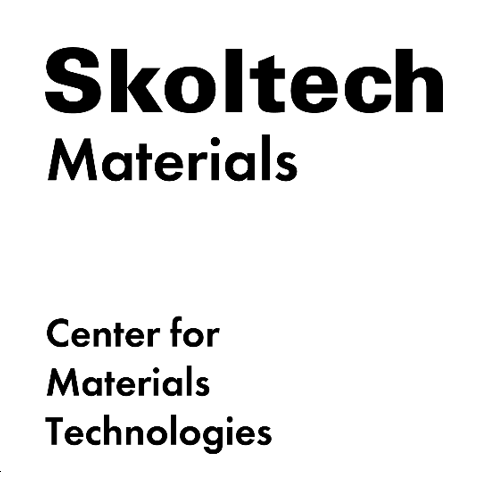Development of tissue spheroids critical processes models for 3D bioprinting, including multicellular interactions
3D Bioprinting is a high-technology research field that is in active elaboration nowadays. Critical processes in 3D bioprinting technology require mathematical modeling and simulation to make the 3D bioprinting process more effective, precise, and less time-consuming. 3D bioprinting is an additive technology where the printing material is living cells called “bioink”, accommodated in multicellular aggregates called tissue spheroids, in a hydrogel. Tissue spheroids are building blocks for 3D bioprinting technology. The natural phenomenon of tissue spheroids fusion provides a foundation for robotic biofabrication of organ and tissue constructs with a bioprinter. It requires modeling and simulation first. A widespread issue named 'fidelity' in tissue spheroids fusion is when needed and modeled result is far from the printed result. Therefore, fusion considering fidelity requires modeling and simulation.
A mathematical model of tissue spheroids fusion is in development now. The model base is the FRep approach, and realization provides with the help of C++ code. Visualization provides with FRepCAM and nTopology software tools.
A mathematical model of tissue spheroids fusion is in development now. The model base is the FRep approach, and realization provides with the help of C++ code. Visualization provides with FRepCAM and nTopology software tools.
Figure 1 First visualization of tissue spheroids fusion
Besides, there are research work on the phenomenon of necrotic processes that arise in the center of tissue spheroids of bigger diameter. Before transplantation, bioconstructs cannot have division processes and any regeneration; therefore, necrotic processes could lead to total death. As experience shows that even bioprinters work better with larger spheroids. Larger diameter spheroids provide better fusion with a better fidelity level. Since there can be no regeneration processes until the bioconstruct is successfully transplanted, any necrotic processes at the stage of preparing building blocks (tissue spheroids) can lead to dangerous consequences. Thus, spheroids with necrosis in the center cannot be used for 3D bioprinting.
It is needed to mention that the fusion problem and the diffusion problem are united, in fact, so there is a need to compromise these issues.
The mathematical model of diffusion of oxygen as a main nutrient for cells live in tissue spheroid, regarding cells consumption, to realize maximum spheroid diameter without necrotic processes was developed with Wolfram Mathematica software and validated by experiment in 3D Bioprinting Solutions Laboratory. The experimental and modeling results identified the same trend. Thus, the model could be used in the 3D bioprinting process. The model is now under upgrading to consider the diffusion and consumption of other needed nutrients that are essential for cell life to address this issue comprehensively. Besides, it is planned to transfer this model to C++ - based software. For this task, the interface was already developed.
It is needed to mention that the fusion problem and the diffusion problem are united, in fact, so there is a need to compromise these issues.
The mathematical model of diffusion of oxygen as a main nutrient for cells live in tissue spheroid, regarding cells consumption, to realize maximum spheroid diameter without necrotic processes was developed with Wolfram Mathematica software and validated by experiment in 3D Bioprinting Solutions Laboratory. The experimental and modeling results identified the same trend. Thus, the model could be used in the 3D bioprinting process. The model is now under upgrading to consider the diffusion and consumption of other needed nutrients that are essential for cell life to address this issue comprehensively. Besides, it is planned to transfer this model to C++ - based software. For this task, the interface was already developed.

Fifure 2 Visualization of difusion (necrosis) and fusion tasks in Hyperfun

Figure 3 The interface for diffusion-model based app
Summarizing, the general task is an adaptation of the FRep approach to 3D bioprinting and carrying out work on FRep-based application for bioprinting development. At the start of this review paper, "Software for bioprinting" (C. Pakhomova, D. Popov, E. Maltsev, I. Akhatov, A. Pasko, Software for bioprinting, International Journal of Bioprinting, 6(3): 279, 2020.) was published. It is a big review of software tools that are used for 3D bioprinting issues with revealing that nowadays, there are no specialized software for bioprinting issues. A suggested solution is to develop such software based on FRep approach that is in future plans.
